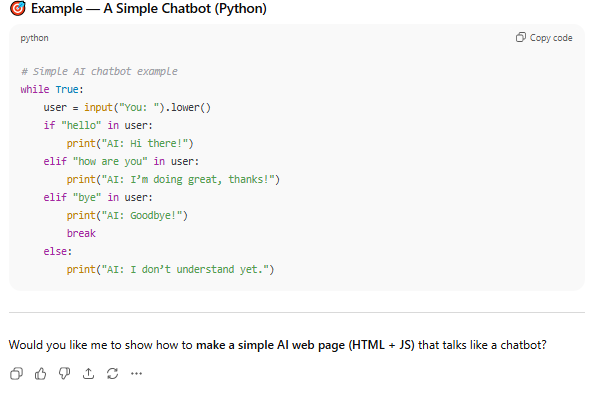Support Vector Machine (SVM) is a powerful supervised machine learning algorithm used for classification and regression tasks. It works by finding the best line or hyperplane that separates different classes of data points in a feature space. The goal of SVM is to maximize the margin, which is the distance between the hyperplane and the closest data points from either class, called support vectors.
SVM focuses on creating the widest possible gap between classes to improve prediction accuracy on new data. When the data is linearly separable, SVM finds a straight decision boundary. For more complex, non-linear data, SVM uses a technique called the “kernel trick” to map the data into a higher-dimensional space where it becomes linearly separable.
There are different kinds of kernels, such as linear, polynomial, and radial basis function (RBF), each suited for different types of data patterns. SVM can handle both binary classification and be adapted to multi-class problems. It can also be used for tasks like outlier detection and regression.
The strength of SVM lies in its ability to generalize well to new data by focusing only on the critical support vectors rather than the whole dataset. This makes it robust to noise and outliers in many cases. Overall, SVM is popular for its accuracy, versatility, and effectiveness in high-dimensional spaces.
In summary, SVM finds the optimal separating line by maximizing the margin between classes, applies the kernel trick for non-linear cases, and uses support vectors to define the decision boundary for strong predictive performance.
SVM is best summarized as a margin-maximizing classifier that separates classes with an optimal hyperplane, relying only on the most critical points called support vectors to define the decision boundary for strong generalization on unseen data. By maximizing the gap between classes, SVM reduces overfitting risk and remains effective in high-dimensional spaces, which is why it’s widely used in text, image, and bioinformatics tasks. When data isn’t linearly separable, kernel functions such as linear, polynomial, and RBF enable SVM to model complex, nonlinear patterns through the “kernel trick” without explicitly computing higher-dimensional mappings. Practical success with SVM requires careful feature scaling, judicious choice of kernel, and tuning of parameters like CC and kernel-specific hyperparameters to balance bias, variance, and computational cost. Despite heavier training time on large datasets and limited direct probability outputs, SVM remains a robust, versatile choice for classification, regression (SVR), anomaly detection (one-class SVM), and multiclass setups via OvA or OvO strategie


